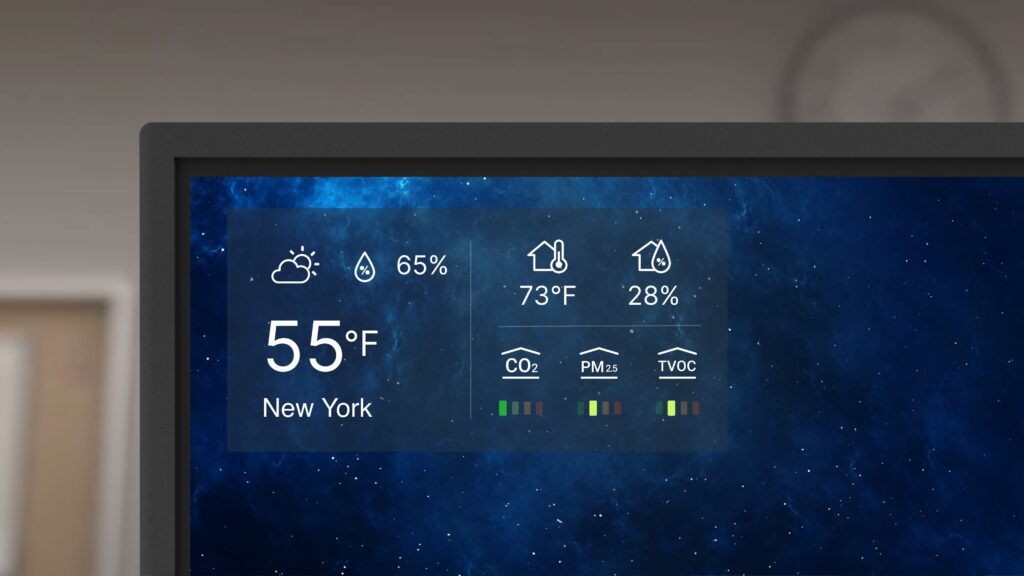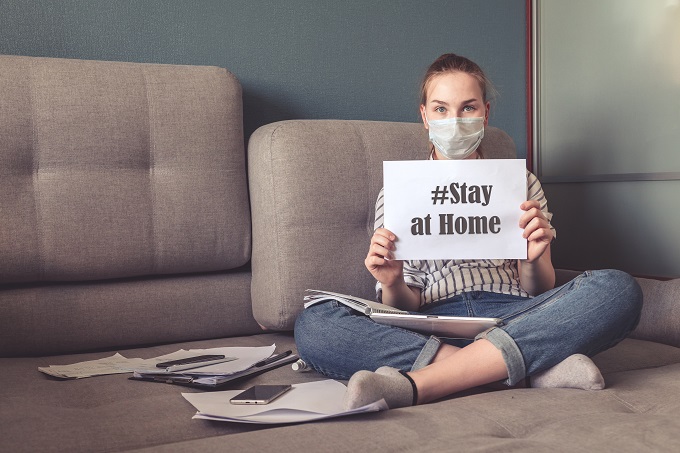Air quality for a healthy learning environment
Could air quality be affecting your students’ learning? School News investigates.

With up to thirty kids in a small room, who may at times be chatting, laughing, presenting or – if they’re younger students – running around, keeping the indoor air quality to acceptable minimum standards may be a more arduous task than anticipated.
Read the Term 4 edition of School News HERE
COVID is still a real threat in many communities, as well as winter sniffles. Preventing airborne disease remains of high importance. And according to the Australian Health Protection Principal Committee (AHPPC), disease can be easily transmitted in poorly ventilated areas due to “build-up and stagnation of infectious aerosols”.
But apart from being a potential infection risk, did you know that poor air quality could also have an effect on student performance and concentration?
The United States Environmental Protection Agency states that poor indoor air quality can affect staff and students alike. Schools are especially prone to bad air quality due to indoor pollutants like arts and crafts supplies or science experiments. Additionally, in winter especially, when doors and windows are shut to the bad weather, CO2 levels will tend to rise above acceptable levels. Studies have shown that high carbon dioxide environments are linked to headaches, dizziness, nausea and fatigue, and can exacerbate respiratory conditions like asthma.
As part of the Work Health and Safety laws, schools are also required to minimise risk of COVID as an employer. That includes examining existing ventilation and taking measures to improve systems if necessary.
So how can schools improve their ventilation?
The AHPPC notes that understanding and controlling building ventilation systems is the first port of call for improving indoor air quality. For some schools, that may be as simple as auditing the existing HVAC systems – have vents been cleaned and maintained? Are all elements properly operational? These checks are especially important after a period of HVAC shutdown.

For schools with complex ventilation systems, a consultation with mechanical or ventilation engineer may be necessary. A complementary consultation with an occupational hygienist may also be prudent if the main concern is minimising infection risk.
At the very simple end of improving indoor air quality, schools can open windows and doors and consider airflow through indoor spaces. Are furniture items, curtains or other objects obstructing airflow? Given adequate ventilation, can indoor temperatures be maintained at comfortable levels?
Other measures include the use of indoor fans to improve air-flow and therefore quality.
Schools may also find a CO2 monitor useful as a measure of ventilation. Schools and other businesses should aim to keep indoor air concentrations of CO2 at 800 parts per million (ppm) or less. Between 800 and 1500 ppm may indicate lowered air quality. Of course, higher use areas and indoor sports complexes may need more than just open windows and HVAC to keep CO2 levels below 800 ppm.
For areas where none of the above measures are sufficient to keep CO2 levels to acceptable standards, schools should investigate air purifiers fitted with high grade HEPA filters.
The industry insiders weigh in
Martin Moelle, Managing Director at BenQ Australia said with students spending most of their time in classrooms, keeping the air clean is crucial. The latest healthy learning technologies are easy to integrate into the classroom.
“Solutions like air quality sensors are now available on interactive displays, measuring air quality in classrooms to ensure the optimum environment for education. These technologies should be a factor when deciding on any touch display for classrooms,” Mr Moelle said.
The latest development in air purification is air ionisers, which are designed to complement the school’s HVAC system. “The display detects when students and teachers are near it, and the system releases millions of ions which latch onto suspended airborne pollutants, weighing them down and purifying the air.
“Air quality sensors provide real time data on key environmental parameters by detecting temperature, humidity, dust, and monitoring high CO2 levels that can cause student drowsiness. These sensors alert teachers and remind them to take necessary action, whether that be by switching on the air conditioning or simply opening a window.
“Through device management software, IT Staff can also remotely turn on the air ioniser, cleaning the air before students and teachers enter the classroom. Policies can be enforced by school managers to make the purification of classrooms a morning routine, should the air quality metrics be consistently poor from the records they can see.”
A Dyson Engineer said Pollutants such as PM2.5, PM10, VOCs, formaldehyde and NO₂ can be emitted from both indoor and outdoor sources and can impact air quality in the classroom. Open windows in urban areas can result in outdoor pollutants coming indoors, particularly if there are idling engines close to the building as parents drop off their children each day.
“Seasonal factors may also cause heightened outdoor pollution, such as increased pollen counts which may be distracting for children suffering from allergies. Indoor sources of pollutants include particulate matter from printers, dust and pollen, VOCs from cleaning products, hand sanitizer or air freshener, and formaldehyde released from classroom furnishings, materials and paints.”
For classrooms, Dyson Engineer said there are air purifiers specifically designed for larger spaces such as classrooms, which deliver powerful, long-range projection for whole-room purification . HEPA H13 grade filters can capture 99.95 percent of particles, and activated carbon filters can remove odours and gases.
“Currently Australia and New Zealand exceed the World Health Organization (2021) guidelines by up to two times. Most air pollution can’t be seen or smelled, with advanced sensors required to measure the level of impurities – like pollution and chemical particles – in the air. Good air quality contains only small levels of pollutants or solid particles.”
[1]The ability of purifying a large room up to 100m2 (10m*10m) proven from a Computational Fluid Dynamics (CFD) modelling, with the purifier placed in a corner of the room running at the maximum flow and horizontal projection reaching 10 metres to fully mix the room. The projection distance was measured from internal flow reach testing under the maximum directional airflow. The actual performance in real life condition may vary.
2Tested for filtration efficiency at 0.1 microns (EN1822, ISO29364).
3Information sourced from https://www.dyson.com.au/products/air-treatment/air-science







